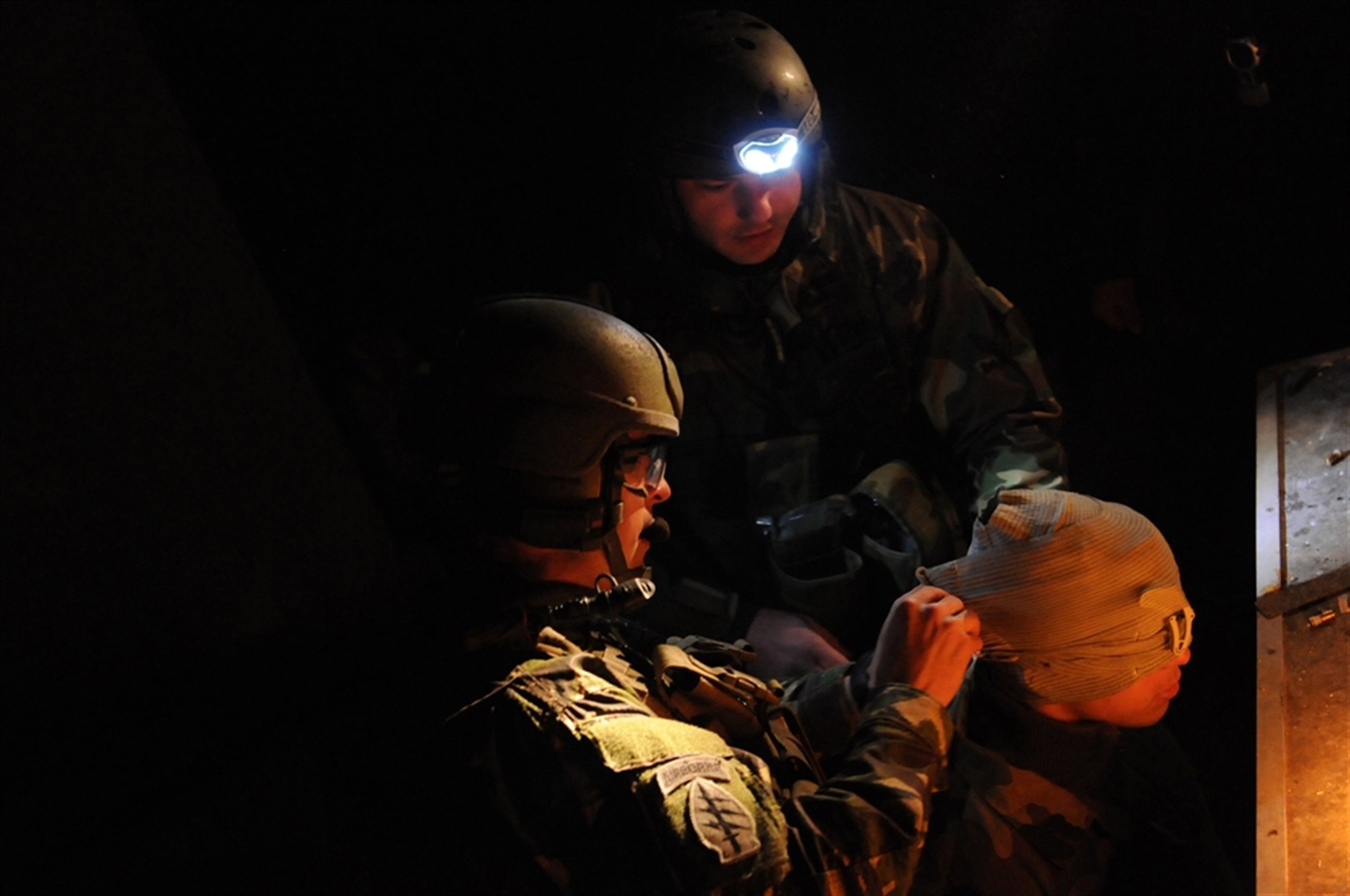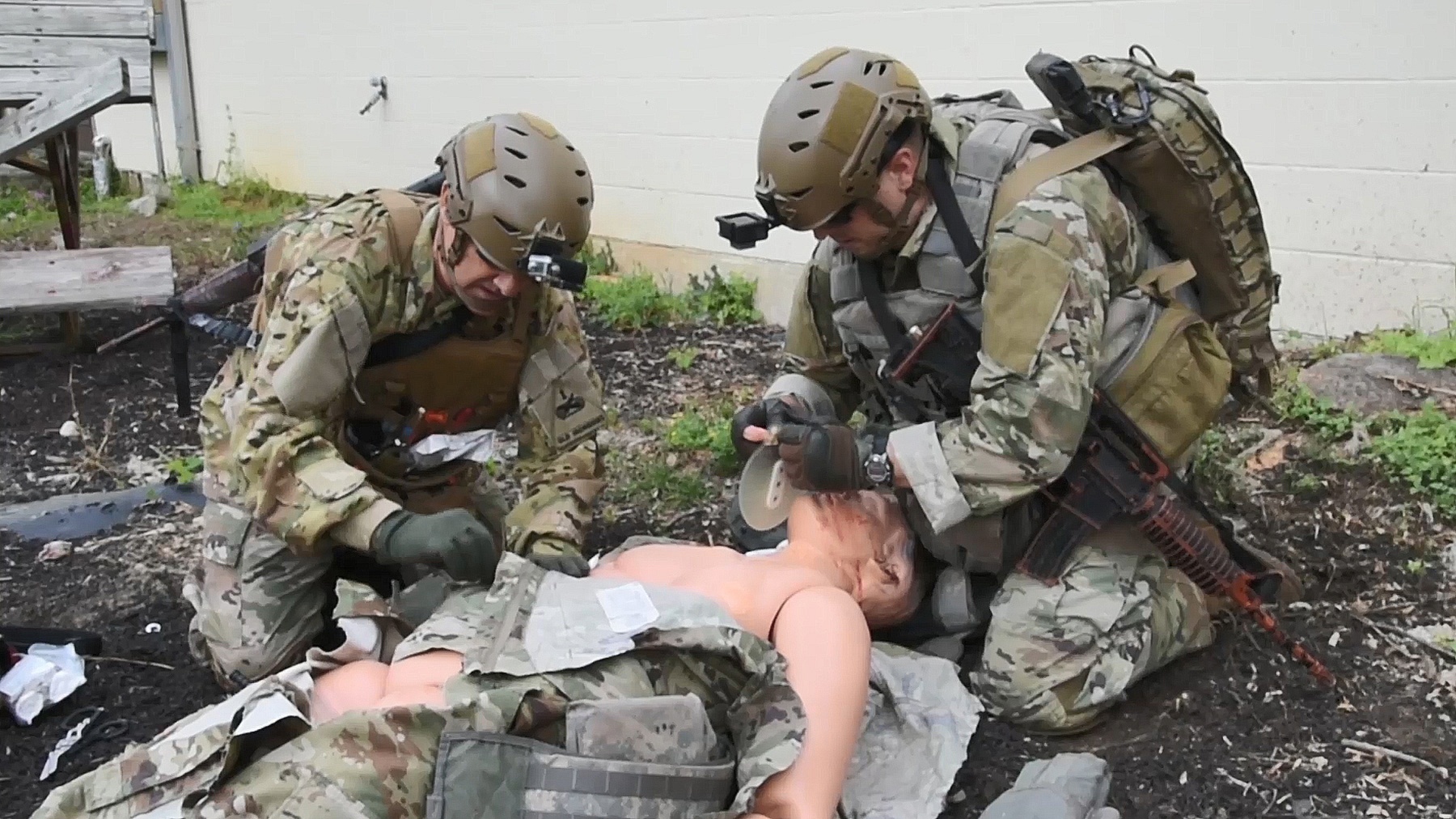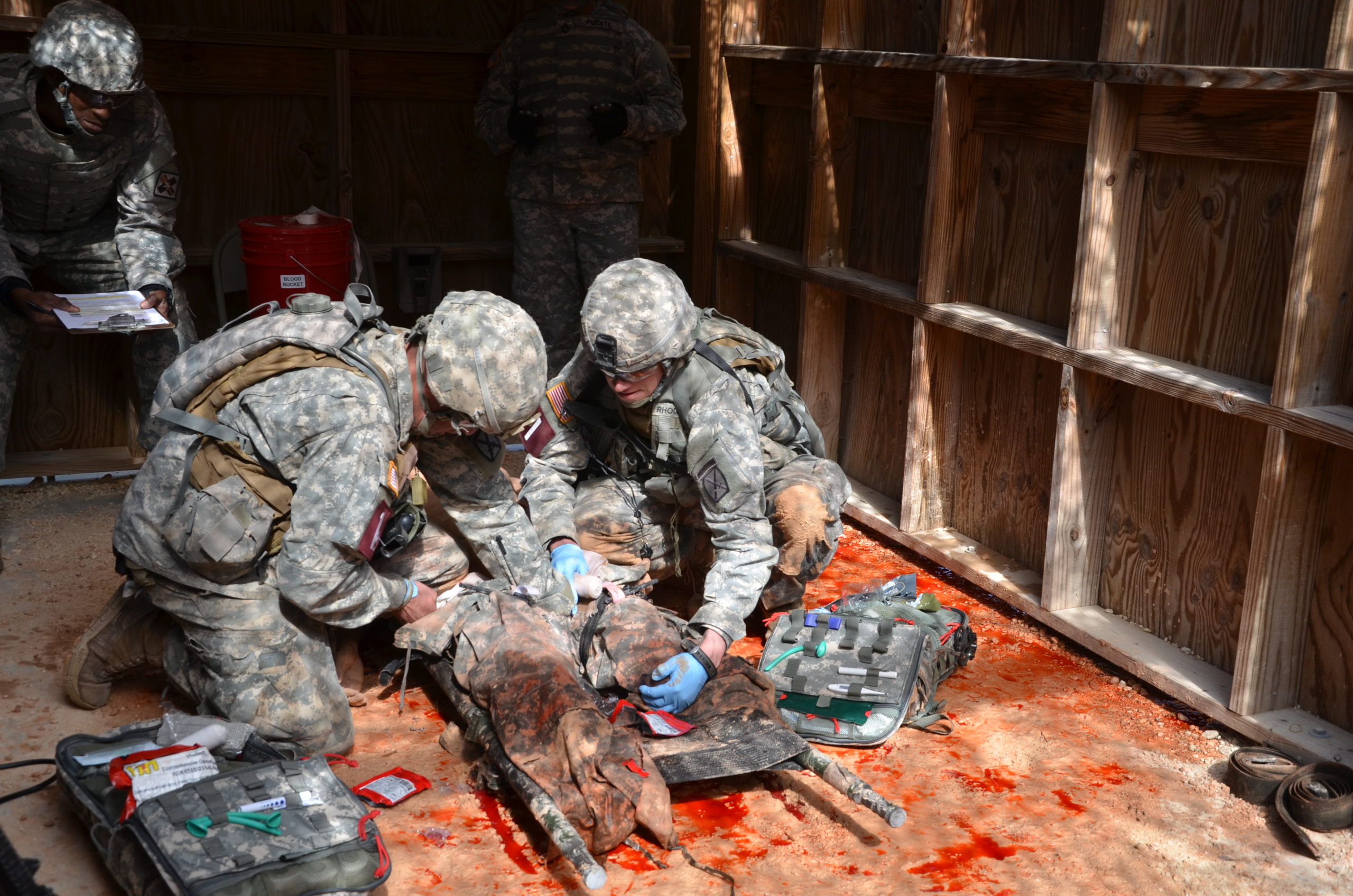An Analysis of Adherence to Tactical Combat Casualty Care Guidelines for the Administration of Tranexamic Acid
Journal of Emergency Medicine, 2019. Andrew D Fisher, Brandon Carius, Michael April, Jason Naylor, Steve Schauer
Key Points:
♠ Hemorrhage is still the leading cause of potentially survivable deaths in combat. TXA administration in conjunction with blood transfusion increases survival in hemorrhagic shock.
♠ The TCCC treatment algorithm is the standard of care for medical personnel in the U.S. Department of Defense (DoD) and calls for the administration of TXA for casualties expected to receive blood transfusions.
♠ Prehospital TXA was administered to 4.2% of casualties receiving blood transfusions.
Possible reasons for this low compliance include:
– About 60% of the military has completed a TCCC course based on current TCCC guidelines.
– Current TXA administration guidelines recommend infusing 1g of TXA over 10 minutes despite there being little evidence of harm caused by faster administration.
– Poor prehospital documentation may conceal higher rates of administration.
Source: (https://www.jem-journal.com/article/S0736-4679(19)30686-9/fulltext)


